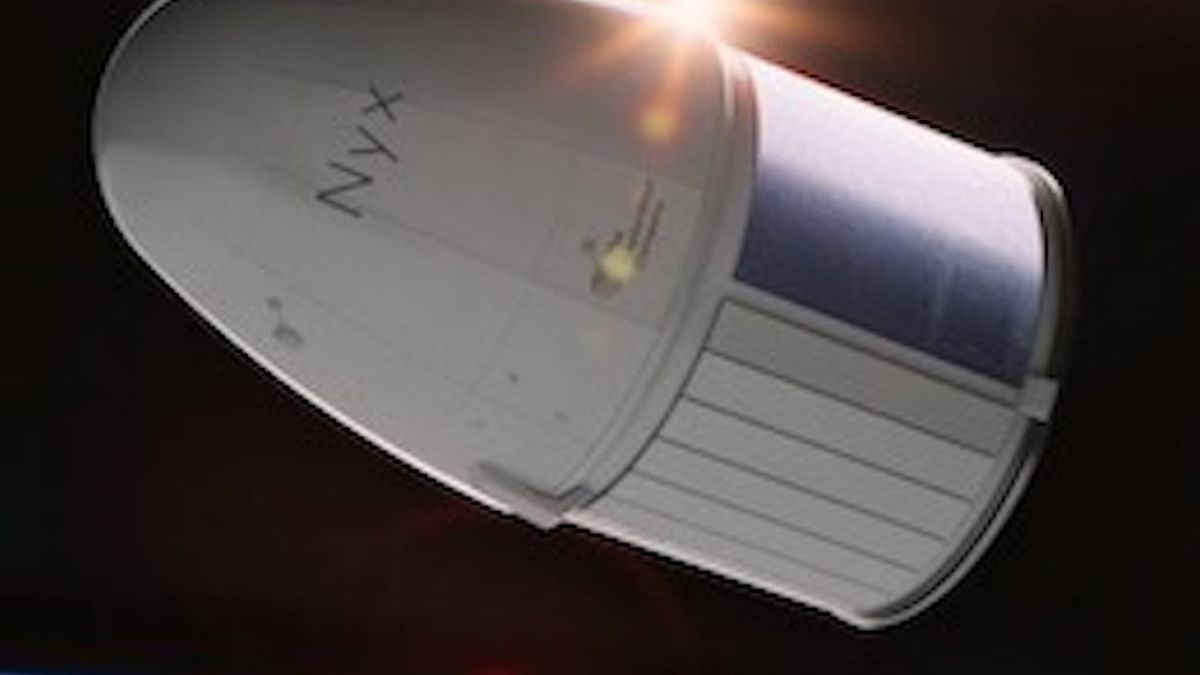Which capital has Europe’s best and worst-rated public transport?

Dissatisfaction with public transport in capital cities was more keenly felt in southern Europe and parts of the Balkans. How does your city compare?
Public transport has a big impact on residents’ overall satisfaction with the city they live in, according to the European Commission’s report on the quality of life in European cities.
The Survey on the Quality of Life in European Cities, which collected responses from over 71,000 people across 83 cities in Europe, found that in 2023, approximately seven out of 10 residents were generally satisfied with public transport in their city.
However, there is a huge gap in public transportation satisfaction levels across European capitals and cities.
Among the capitals, satisfaction ranges from 29 per cent in Rome and Tirana to 91 per cent in Vienna. This disparity is even greater among cities, with rates varying from 22 per cent in Italy’s Palermo to 95 per cent in Switzerland’s Zurich.
Looking at the capitals, there is a geographical trend where Northern and Western European cities reported higher satisfaction with public transport, while Southern and Eastern European cities exhibited lower satisfaction rates.
For instance, public transport satisfaction exceeded 85 per cent in three Nordic capitals – Helsinki, Oslo, and Stockholm – closely followed by Copenhagen, with 81 per cent satisfaction.
Iceland’s capital, Reykjavik, stands as an exception with a lower satisfaction rate of 56 per cent in this region.
More than half of the residents in six capitals were dissatisfied with public transportation services. These cities include Rome, Tirana, Podgorica, Belgrade, Nicosia, and Skopje.
Despite the geographical trend, some neighbouring countries show significant contrasts. For example, the highest satisfaction level (Vienna, 91 per cent) and the lowest (Rome, 29 per cent) are recorded in the capitals of Austria and Italy, respectively.
Are you happy with the public transport provision in your city? Several factors may influence public transportation satisfaction.
The survey, therefore, asked residents for their perceptions on whether they agreed or disagreed that public transportation is affordable, safe, easy to access, frequent (comes often), and reliable (arrives as scheduled).
The proportion of residents who agreed that public transportation is affordable in their cities varied significantly among capitals, ranging from 48 per cent in Riga to 93 per cent in Tallinn.
Affordability perception rates were relatively low in the Nordic cities like Oslo, Helsinki, and Stockholm, despite these capitals having high overall satisfaction levels with public transport.
Scores are not based on actual fare comparisons but rather reflect the residents’ perceptions in their cities.
Perceptions of affordability also vary among Europe’s top five economies, ranging from 62 per cent in London to 81 per cent in Berlin. Nearly two-thirds of Parisians (66 per cent) consider public transportation to be affordable.
Romans recorded the lowest satisfaction
For the most part, residents of capital cities tend to have a higher perception of safety regarding public transport.
However, in Rome, less than half of the population (45 per cent) considers public transportation to be safe. With the exception of Ankara, the capitals of EU candidate countries also reported lower safety perceptions.
In Paris, only seven out of 10 residents (71 per cent) believe that public transport is safe.
Rome recorded the lowest scores in four key indicators: safety, ease of access, frequency, and reliability.
With a few exceptions, the capitals of EU candidate countries also tend to have lower scores across these indicators.
Capitals vs other cities
Public transportation satisfaction levels were slightly higher in non-capital cities (73 per cent) compared to European capitals (69 per cent).
According to the ‘Report on the quality of life in European cities, 2023,’ nine of the bottom 10 cities in public transportation satisfaction are located in the Southern member states and the Western Balkans, where satisfaction levels were 59 per cent and 39 per cent, respectively.
Turkey also reported a similarly low score of 59 per cent.
Differences within the same country
The level of satisfaction also varies across cities within the same country. For example, 67 per cent of residents in Paris and Marseille were satisfied with the public transportation while this rate was 84 per cent in Lille and 87 per cent in Strasbourg.
The gap is more striking in Romania’s Cluj-Napoca (83 per cent) and Bucharest (54 per cent).
Is there a correlation between satisfaction and affordability?
Euronews Next conducted basic Pearson correlation tests to look into the possible links between the public transport satisfaction level and the other main five indicators in the survey.
We found a weak positive correlation between overall satisfaction levels and the perception of public transport affordability among residents.
This suggests that affordability is not a strong indicator of overall public transportation satisfaction.
On the contrary, we found strong correlations between satisfaction levels and each of the four variables – safety, accessibility, reliability, and frequency – separately across 83 cities.
As the perception of public transport being “safe,” “easy to get on,” “reliable,” and “frequent” increases, overall satisfaction rises significantly. The correlation coefficient is 0.87 for both “easy to get on” and “frequent,” followed by 0.83 for “reliable” and 0.79 for “safe”.
The maximum possible coefficient can be 1 or -1, indicating a perfect correlation.
At least 839 residents were interviewed in each city.
Changing behaviours towards public transport
The European Commission is encouraging behavioural change in favour of active mobility, public transport and other clean, intelligent transport solutions. The aim is to make public transport more attractive and efficient in the EU.
According to Intelligenttransport, a coalition of 43 European transport organisations, including International Association of Public Transport (UITP) is calling for increased EU funding for public transport.
World News || Latest News || U.S. News
Source link



